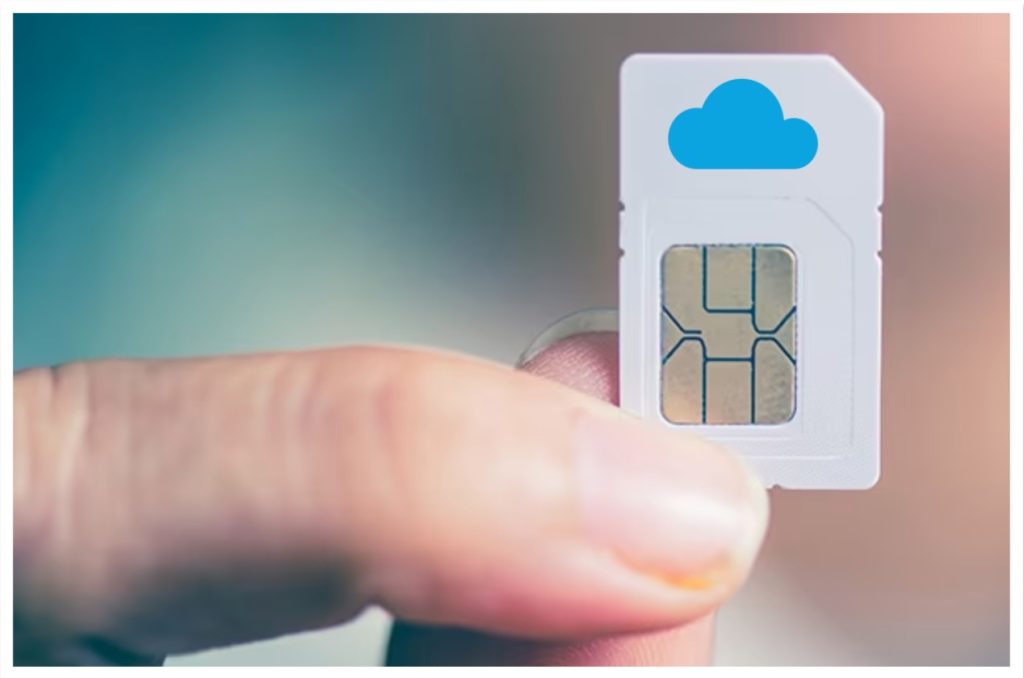Power sources play a crucial role in anything involved with electronics. Understanding the differences between Alternating Current (AC) and Direct Current (DC) can be essential. Additionally, the evolution of technology has introduced innovative solutions like Power over Ethernet (PoE), changing the way devices receive power and data. In this article we’ll explore details about different […]
5Gstore’s Enhanced Router Search
Whether you’re a tech-savvy individual, a small business owner, or an enterprise level organization, finding the perfect router to meet your specific needs can be a daunting task. That’s why 5Gstore has revamped and simplified their router search process to make it easier than ever for you to find the ideal router solution. With the […]
An Update on Dish’s 5G and VoNR Performance
A year after initially testing Dish Network’s 5G network in Las Vegas, Signals Research Group (SRG) conducted a new round of tests, revealing significant performance improvements. According to Mike Thelander, president of SRG, there were major enhancements in performance between the two studies. The key highlight was the downlink performance, showcasing much higher peak and […]
Sierra Wireless Unveils AM/AMM 2.17.5
Sierra Wireless recently made a significant stride in empowering administrators with the release of AM/AMM 2.17.5, a major update to their AirLink Manager Platform. Unveiled on October 20, 2023, this release brings a host of new features and improvements, redefining the approach to server upgrades and enhancing the platform’s overall functionality and security. Self-Serve Upgrades […]
Securing Sensitive Data: Understanding FIPS 140-2 and Its Importance
In the landscape of cybersecurity, one standard has been coming up more recently: FIPS 140-2. FIPS, which stands for Federal Information Processing Standard, is a crucial framework developed by the National Institute of Standards and Technology (NIST) to safeguard sensitive government information from the clutches of hackers. At its core, FIPS 140-2 is a validation […]
Peplink 8.4.0 May Cause Issue with Google Drive
UPDATED 11/16/2023 After working with the Peplink support team, they found that the situation was related to the User Group change in firmware 8.4.0, not a bug in the Content Filtering. Since the number of User Groups increased (from 3 to 10), it caused a glitch in firmware 8.4.0 that made it unable to recognize […]
SIM Management with Cradlepoint NetCloud
Establishing a seamless connection between cloud management and SIM management portals is pivotal for IT teams managing multiple SIMs across a Wireless WAN. In the conventional approach, IT professionals grapple with the complexity of juggling two distinct platforms: the cloud management system, which offers remote control over the network and security, and the Connectivity Management […]
Peplink Supports Third Party eSIMs
Peplink has been supporting eSIMs for some time now, but they have incorporated support for third-party eSIMs. This support means that users can obtain services directly from Peplink or other providers, depending on their preference. The streamlined process not only saves time but also simplifies the management of connectivity, making it easier than ever to […]
Gain Out-of-Band Management with the Digi Connect IT Family
Cloud management services can be extremely helpful to businesses for remote monitoring and configuration of their devices. Although, they can’t exactly provide you access when your network is offline. Having a backup Internet connection in place helps with this issue, but can be costly and sometimes difficult to install with your existing network setup. Of […]
Optimizing Cloud Management Services: How to Minimize Data Usage
Cloud management services have become integral to businesses, providing seamless connectivity and streamlined operations. However, with data usage being a precious commodity, understanding how different services consume data is crucial. Here’s a breakdown of the average data usage of various cloud management services and how you can minimize it. Digi Remote Manager (Digi RM) Digi […]


